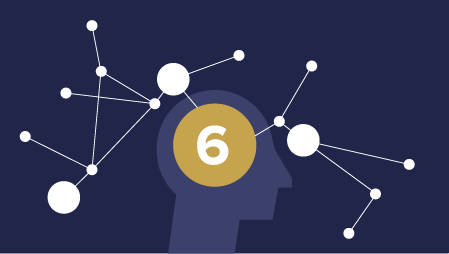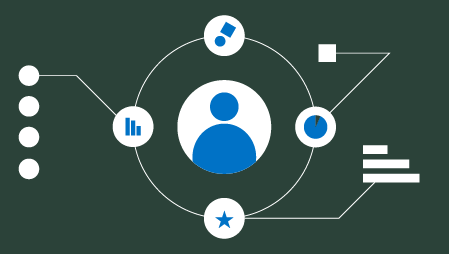Agile is Awesome! But where did I go wrong?
Agile is not a methodology. It is a mind-set.
Definition
Within the lanes of software development, Agile is defined as a type of hypermedia advancement, founded on the intermittent extension. It solves work and problems through network teams. It is a well-ordered enterprise control that promotes a strong leadership and workers’ adjustability. Its goal is to provide a high-grade management system to meet the company’s goals and the customer’s needs.
71% of organizations use Agile. But how many of them know it?
Scrum and What is it?
Scrum is a division of Agile. Its central core focuses on Agile, and both hypermedia goes hand in hand. It is often misunderstood for Agile, but without Agile, it simply can’t work. FYI, Agile is the computer and Scrum is the Microsoft Word programme. However, Scrum is well-known, and there are a lot of people using it. However, it entirely collapses without the basic framework of Agile, and there is a misconception that it can be used stand-alone should be destroyed – You need Agile if you want to use Scrum.
Benefits of Agile
Benefits To The CustomerThe customers notice their dealer responds faster to their needs. The faster process time makes business operates quicker and has increased profitability.
Benefits to DealersDealers waste less time and consumption on high-end technology apps, so this improves customer services, and the clients are more satisfied with the end product.
What Am I Doing Wrong?
Wrong Attitude
If you focus on ‘exercising’ Agile instead of trying to be ‘Agile,’ then the company is going in the wrong direction with the wrong attitude. The first step is already a disaster and you are headed the wrong way.
This also primarily depends on the trajectory of tech expansion you plan to choose. The point is to truly understand ‘agile’ and be ‘agile.’ Thankfully, there are many ways to sense that you have taken the agile approach wrongly and taken the necessary procedures to restore it back to its original state. The ‘agile’ does not fit all teams, but agile means are accommodating and keep improving at all times. In this school of thought, the primary goal is to deliver the excellent software and don’t follow a tactic blindly.
Agility is important! Remember, the right attitude is better than 99% hard work!
Story-Points vs. Teams
Old software has timeframes in days, weeks and months. Many agile project management teams have story points in work in decimal points that forces to work harder and step out of their comfort zones. Dates don’t account for specific projects that are not related to work that a group member might be knotted to. Each group will gauge on a different scale and will be unique. This will bring politics down to impossible. Once you can gauge the ability of your human resources, points will be distributed right away before further-ado. Points will be given to the group members based on the severity of their task, not the time they spent on the job.
Added Benefits
This makes sure that the group members are concentrating on bringing more value to the team instead of calculating how much time they spend on each project. There will be a group exercise called planning poker. Remember, agility! One of each member will pick an item in the backlog, and come up with a rough number. Everyone will raise a card that shows the number. It will not take a lot of time for everyone to come up with the right amount, so if the estimations fail, then there will be a discussion on the higher level. Past estimates are tools to guide new forecast. Many agile tools have made recent reflections easier to deal with. This will also gain perception for further evaluations.
Tasks NOT Stories
There will be an agile project template that brings advantages to the members. It is a story that brings in the role of the workers. The workers will be given a short ‘story’ which is a task. The team will then be not so pressured as to receive ‘stories’ psychologically, the word ‘task’ is mundane and the word ‘story’ is less stressful. After they receive their story, they will work and be given points accordingly.
Going In Pairs or Not
When there is a lot of information going around, and you can’t solve every issue, you should start using the pairing methods. If everyone on the team can come up with a similar story, then it is not useful. If no one can think of a solution, then everyone should start pairing. Use the method when necessary and when it is the most efficient.
Best Practices?? Maybe a Myth
There are no best practices in the world. Best practices are built and developed throughout the world and while some methods may work well for a specific group, it may not for a different group. Every individual is different, and every company is different. Each team has a combination of different individualities and sets of skills. Try to test out these practices to see if they are useful before test running it on the employees. One man’s meat is another man’s poison. Even if they sound the best in another firm, it might not suit your firm. Different agility levels works well with different teams.
Just see what ‘works for you’
What can be done?
We must try to adapt to our surroundings, as the world keeps changing. So we must follow the new ways of the world to survive in our environment. Agile helps us to do that. It means that we should develop new techniques to make ourselves grow stronger and better. There is no perfect methodology, and there is no ‘best practice.’ We have to learn from each other by teaming up, but if this way doesn’t work, don’t pair at all. Try using Agile on the company to see if it works. If it doesn’t, just use the best practice for your own company.





